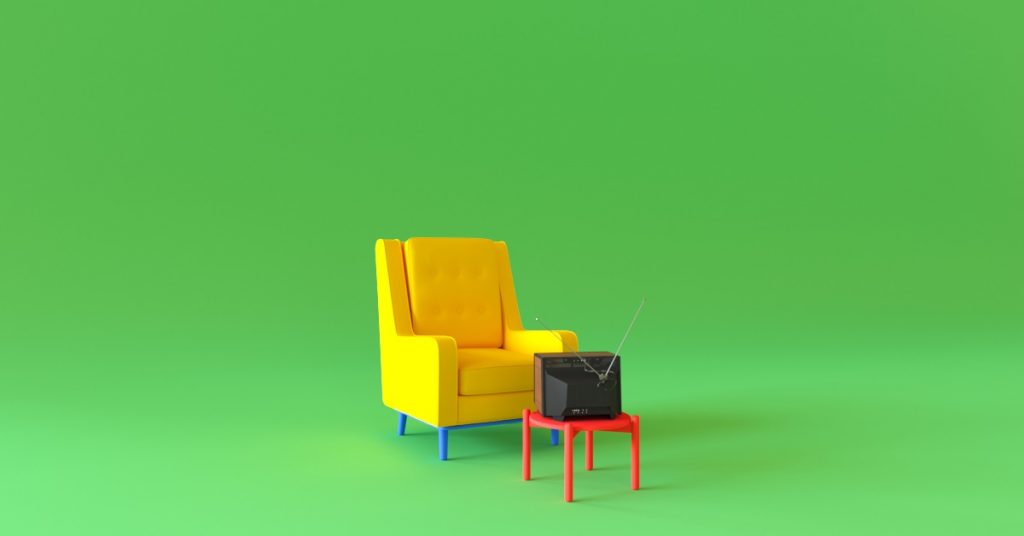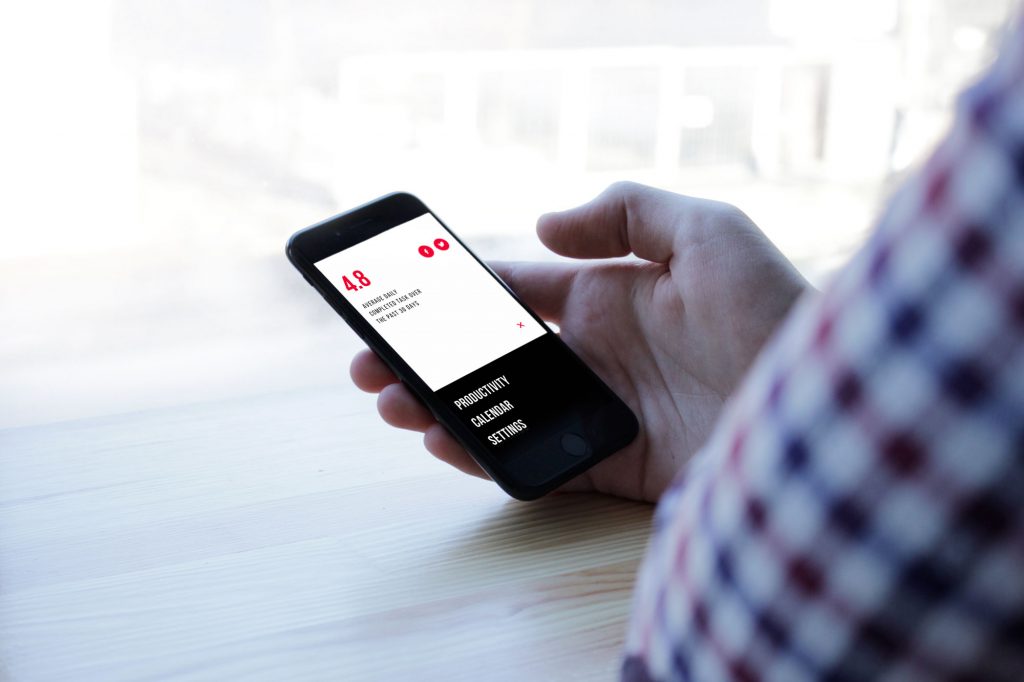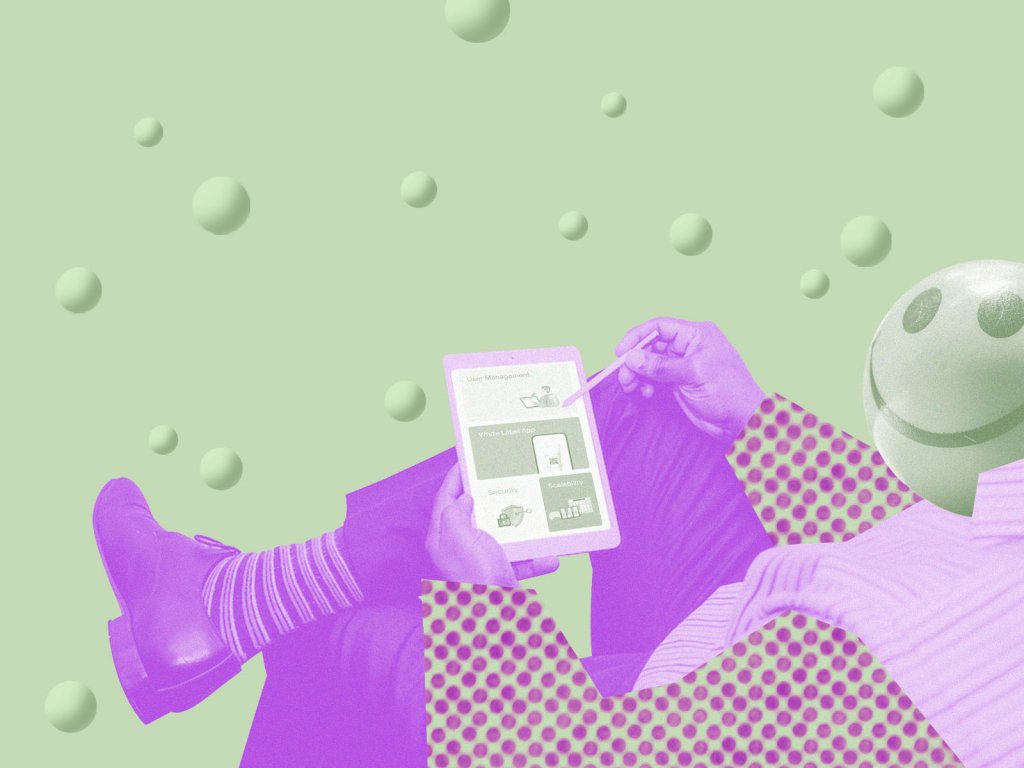People often say that 24 hours are not enough to do everything they need. However, we can’t add a few more hours no matter how everyone wants. What we really can do is to use time properly. The process of organizing and planning your time is called time management. Today the appropriate use of time is more significant than ever before because we live in the world of strict deadlines and great demands. Time management helps us to be more productive and work smarter.
When you work in a creative industry, time management seems to be something far and impossible to do. Loads of work, lack of inspiration never allow you to feel free in controlling your time. Nevertheless, our bosses and clients expect us to be highly productive, so we cannot afford delays and mistakes and have to use our time in the most effective way. Today our article presents some practical tips on time management for creative workers.

Plan your day
Many of us coming at work may spend the whole morning surfing the social networks up till the lunchtime and then wonder where the morning hours have gone. The problem is that we rarely plan the day ahead so we don’t know which task, among hundreds needed to be done, to start with. The daily plan helps to organize the tasks and gives the review on how your day will come to pass. With the plan on hands, all you need to do for having a productive day is stick to the plan as close as you can.
It is useful to form your daily strategy in the evening before you sleep or in the morning before the workday begins. There are many ways of creating an effective daily plan. For example, you can write a to-do list in your datebook or take some notes on your smartphone. Moreover, today many apps make this process even easier. Here in Tubik, we know the value of time and how crucial the daily plan is for the efficient day. Recently, we launched our to-do list app Upper motivating users and boosting productivity. And it’s absolutely free for everyone.
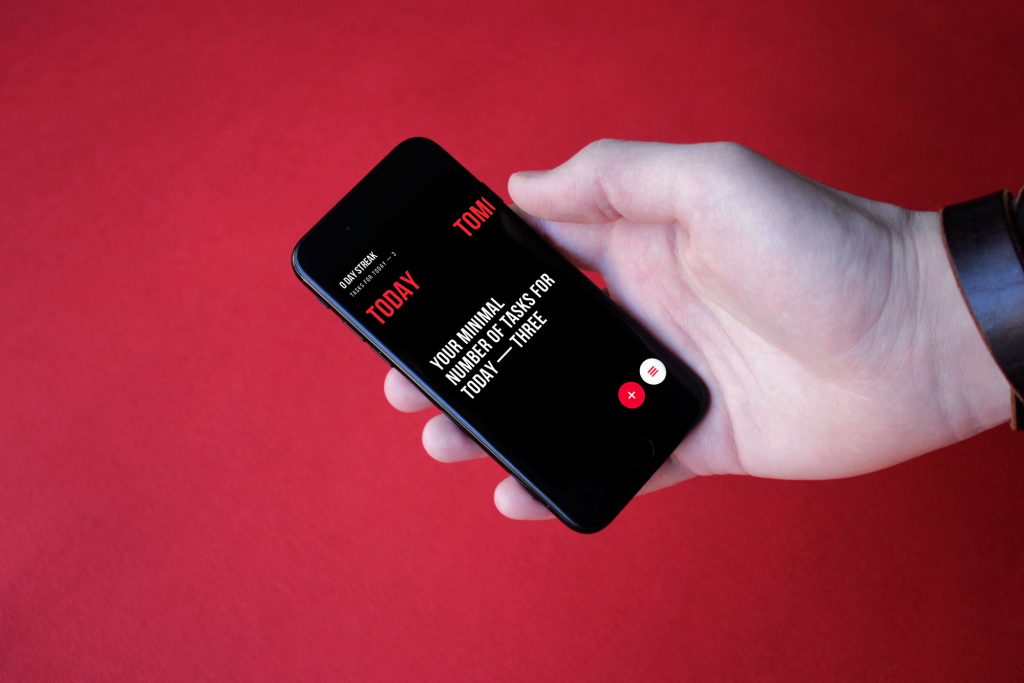
Prioritize the tasks
Creating your personal to-do list may become a problem when you have loads of tasks to accomplish. Of course, all the assignments given to us by our clients or bosses are urgent and all of them are usually marked as “to do as soon as possible” but we’re humans and it’s impossible for us to do lots of tasks at once. That’s why you need to think out the details and prioritize the important assignments. To set the priorities effectively, it can be good to answer to yourself objectively which project needs to be finished today and which can wait a bit more.
However, if you have a creative job, it’s not always possible to stick to your plan and accomplish the tasks in the right order. The artistic job heavily depends on inspiration and its absence can stop the whole process. In this case, creative people are recommended to have a fallback meaning the next project in the priorities. Switching to another kind of work can have the positive effect to your mind and creativity.
Eliminate distractions
If you’re a designer, a writer or an illustrator, your job includes using the Internet, full-time or partly. Of course, the net is the major source of useful information, but on the other hand, it is also the spring of distractions such as social networks and entertaining websites. Interfering with the creative process, you can’t concentrate completely on the task meaning you are not able to do the job properly. Certainly, it is hard to eliminate all the web distractions since we need to check our emails or contact the clients, still, we don’t need to be online for 24 hours. In most cases, you can choose the certain time for this part of daily routine like 10 a.m and 6 p.m. and that is enough to keep up with the things going on and stay in touch with the customers.
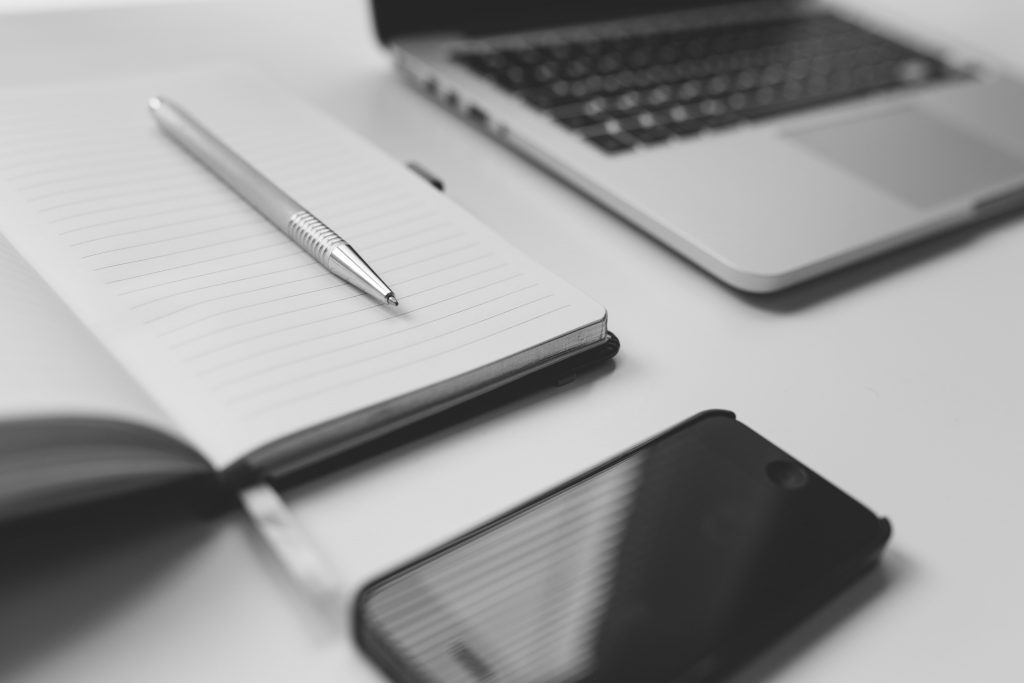
Track the time
It is said that happiness takes no account of time. Nevertheless, any project has its deadline and we have to fit it, so the count of time does matter here. To be more productive, it’s advisable to establish your own mini-deadlines for the tasks. For example, the task number one should be ready at 11.20 a.m, the next should be done at 13.00 p.m. Try to estimate the time needed for the specific assignment more objectively, do not overestimate yourself. Having a detailed schedule, you organize your time in the most efficient way and prevent your work from dragging on. Also, this helps your mind stay focused on what should be done right here and now.
Stop procrastinating
The majority of us constantly postpone our duties for a particular reason. However, sometimes it may turn into the chronic procrastinating when we do anything but work. This can’t bring any good to either you or your clients, so something has to be done about it. Here are several pieces of advice on how to reduce the procrastination in the workflow.
Don’t push yourself. Negative emotions never help. While you’re biting yourself for the moments of procrastination, you are not able to start work. So, the first step to take is to calm down and understand that everyone is keen to procrastinate. There’s nothing wrong with you.
Find out the reason. Every time we postpone tasks there is a reason standing behind it. So, when you feel like procrastinating you need to ask yourself why you are doing it. Is the task too boring, or complicated, or unclear for you? Finding a reason, you’ll be able to find the solution.
Split big projects into small steps. Consistently, when we have a big project ahead, it may seem a heavy burden which cannot be accomplished anytime soon. That’s why, it is always a good idea to split the project into small, clear, and simple tasks. You can also talk this through with the client and set the mini-deadlines which will definitely improve your workflow.
Stay focused. Multi-tasking has become a part of the routine for many of us a long time ago, but only a few people learned how to deal with it effectively. We often switch from one task to another, and as a result, nothing is done properly. Try to stay focused on one task at the time, so you could perform it as good as you can. Shifting to the other activity is effective only in case you are totally stuck and have no idea where to move next.

Be good, not perfect
Someone may say that perfectionism never hurts but it’s not completely true. When you constantly work under deadlines, the desire to make everything perfect may play a joke with you. Trying to avoid the smallest mistakes at the certain stage of your work, you lose the time reserved for the next steps. And when the deadline comes, you realize that you have 80% of a perfect design, while the client expected the fully accomplished work. To avoid such a situation, try not to get obsessed with the smallest details that are not vital for the task. Remember that you can always polish everything later if you need.
Don’t forget to enjoy your life
Creative job demands the creative energy, but the endless projects, meetings, brainstorming, and other work routines can make us tired no matter how much we love our job. It’s necessary to include time for relaxing into your schedule. An evening with your friends or in the gym can charge you with the positive energy and inspire you to do something new and wonderful. So, don’t forget to find the opportunity of having a good time.
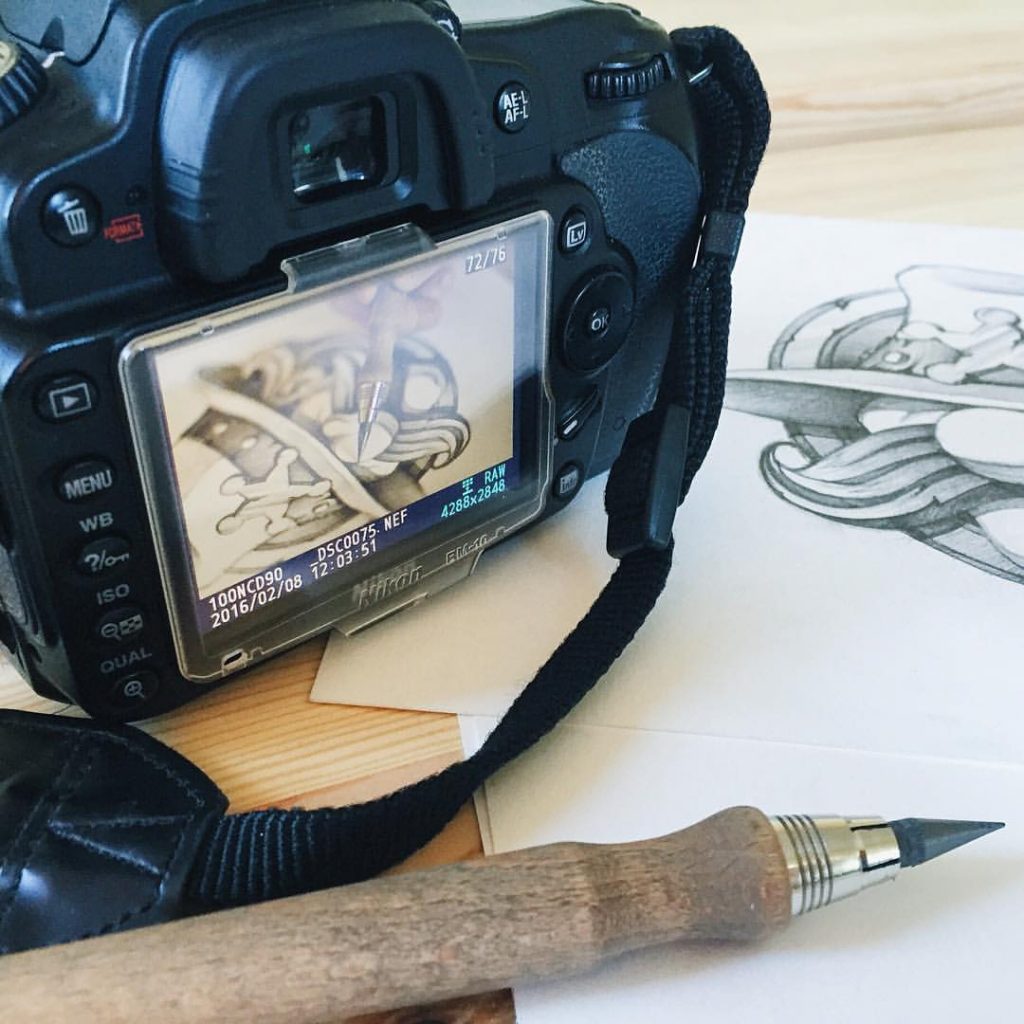
Using at least some of these tips, you can improve not only your workflow but your everyday lifestyle too. Value your time, and the others will do the same.
Recommended reading
Why Being A Perfectionist May Not Be So Perfect
19 Productivity and Time Management Apps for 2016
Deep Work: Rules for Focused Success in a Distracted World by Cal Newport
First Things First by Stephen R. Covey, A. Roger Merrill, and Rebecca R. Merrill
30 Time Management Tips For Work-Life Balance
Welcome to read Seven simple tips for beginners in digital design



